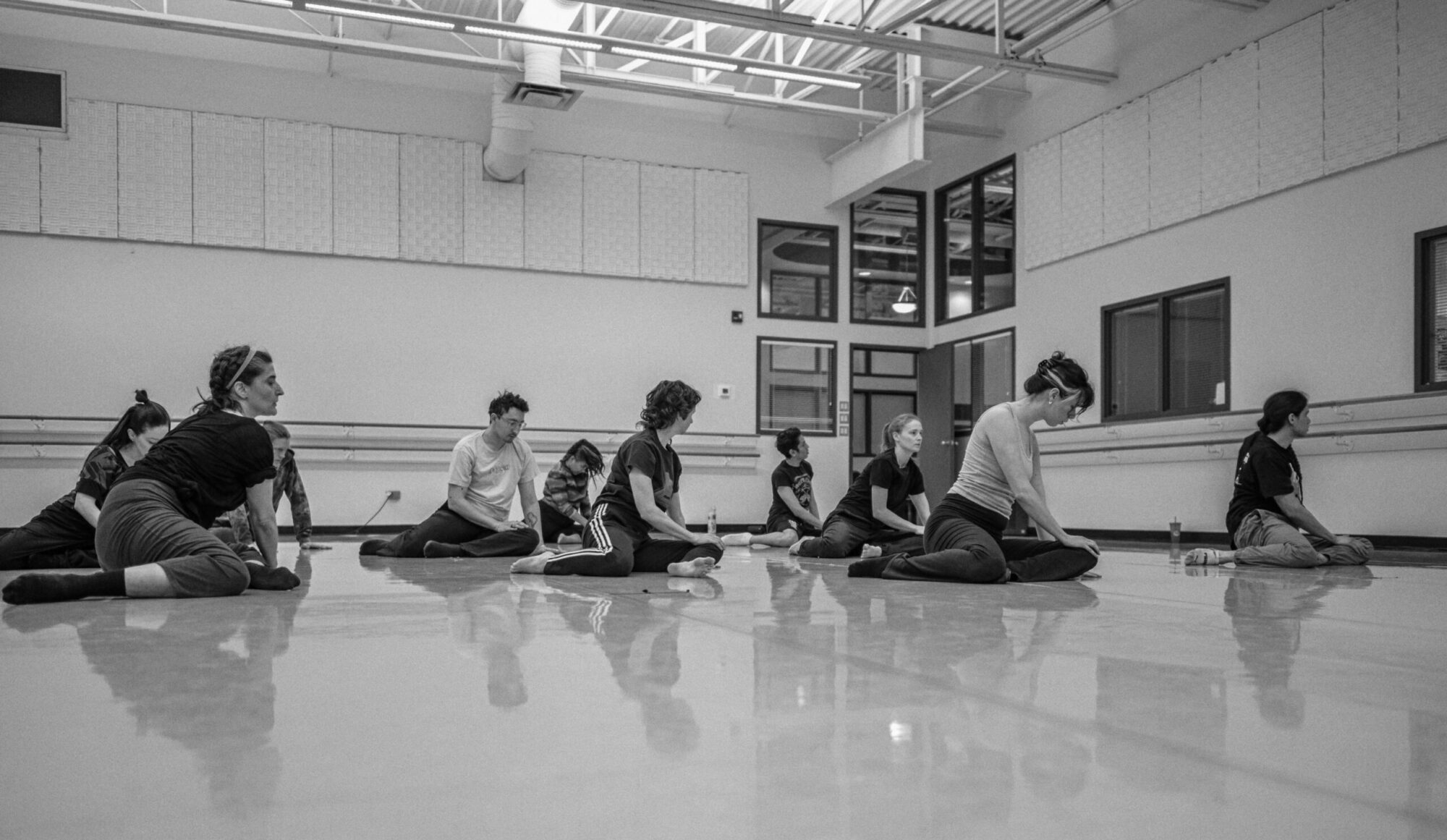By Praba Pilar
I dedicate this talk to Glamdrew Andrew Henderson. I am honored to have been a part of his process with Eroca Nicols and collaborators Carly Boyce and Mars Gradiva. I am grateful he took my secret to the grave.
Life, vida, biome, biotic, creation – always a process, never a state. Whether its biopoiesis, abiogenesis, or that great big bang, maybe its terrestrial, extraterrestrial, artificial, augmented, extended, simulated, telepresenced, ectropic or extropic – we don’t REALLY know if it comes from intergalactic primordial gas or just plain subatomic play. Which brings me back down to Earth.
What is life as we enter the 6th extinction? Can we stay with the trouble?
Can we confront the necrosis at the core of our contemporary CULT OF THE TECHNO-LOGIC? Can we crawl away from the cult of necrotic egocentrism oozing over the world in globalized neoliberal capitalist crapdom?
I am a twinned larvae, segmented by distributed intelligence into rejecting the egocentric unitary self-recruitment of the failed human project. Naming the homo sapien as the human ignores our microbiome, our 90% of our DNA that is not human. [LARVAL SCREAM] In the segmented paramythology of LARVAL ROCK STARS, my twin Anuj Vaidya and I find many historical precedents that have led to necrotic civilization, in which severe damage to one essential system leads to secondary damage to other systems, causing a “cascade of effects”. Necrotic civilization is an ugly show. It arises from ossified states of domination of the Anthropocene, it is based on a lack of proper care, and as it spreads, it releases harmful effects that damages everything around it. As larvae of a post-human era, we effect care, to remake ourselves in the biotic ecocentrism of the larvalscene. Death is not the opposite of life. Many deaths have passed, and many are to come, deaths of more of our languages, of some of our identities, ways of life, comforts, hopes and ideals, of our embodied selves, our non-human kin, our planetary world and world-ed planet. But astride this destructive necrosis are other possible deaths, occurring as a disruptive poesis and an infectious refusal – deaths of unitary truth and stasis that deny our perpetual becoming outside of reason and rationality. These are the deaths we can risk to generate a biotic ecocentrism beyond necrosis.
This brings me to the Young Lungs Research Series – a laboratory providing funding, space and support for research and exchange. Research, for artists, is rarely funded, at least in my experience. But research is critical to an artistic practice, it is in expansion, not product, that a practice grows. The four artists groups in this series intermingled challenges to norms of social relations and dynamics – themes interrogated from different positionality by Frantz Fanon, Erving Goffman and Elizabeth Grosz. Fanon focuses, in Black Skin, White Masks on the oppression, forced masking and destructive alienation of Blackness in a white supremacist world designed for the benefit of others. Goffman, in The Presentation of Self in Everyday Life, focuses on the dramaturgical perspective of social scripting and impression management in everyday life – which in contemporary techno-culture, multiplies exponentially online – Instagram anyone? Or are you too busy photoshopping your feed? In Volatile Bodies, Grosz challenges dualistic binaries by interweaving the internal/external through the model of the Mobius Strip. All of the artists spoke of going beyond technique and training, false authenticity, curated interactions and illusions of control.



Carol-Ann Bohrn’s project was done in collaboration with Madeline Rae, the two met in Ace Art’s Cartae School. The work centered on dichotomies between the subjective inner self and the performance of self in the social sphere. Through this research, Bohrn shared deliberately clumsy articulate and inarticulate embodied and verbal dissonance that demanded: where does the social front negate or support internal subjectivity, where does it mirror, and where does it reshape interiority while risking intolerable alienation?
Sometimes concordant, other times discordant, her movement and speech rode the Mobius Strip inside to outside to inside to outside as a continual loop, because rather than being dichotomous we are pluralities. But it’s painfully hilarious isn’t it – to witness your own shameful accommodations rendered materially visible. We live in sociality, managing varying histories of trauma, and if you thought Bohrn and Rae were going to provide some neatly packaged resolution of the resultant complex conflicts that arise, think again.
Zorya Arrow began with an exploration of intimacy by experimenting with 1 on 1 performances to explore the relationship between performer and audience. But for her this raised antagonisms of expectation that proved to be unproductive. How else to find out, how does who is there, in the how is there, determine the outcome of what is there.
But the difficulties of entering the unknown by not doing the same doing that threatens to become a pattern or a predictable trajectory, led her to instead invite the audience literally behind the curtain to witness her disposition.
Delf Gravert shared WALRUS, I AM, which arose during time he spent in the North. His research raises pressing epistemological questions of what is valorized in ways of knowing – the oral, the textual – and beyond those binaries, the physical, the sonic and other senses? What is a staged work, what is the structure, why do you behave as an audience and who is there to see it – is it the embodied presences in the room, or can we operate multi-dimensionally and recognize we are multitudes of generations of relations that are always, already, in the room.
Delf comes at the questions of affective states and emotive reasoning relentlessly, with uncanny idiosyncratic physicality and humor that at one point explodes in his scream – “I don’t know fuck all!” Well how about that, neither do we.
Andrew Henderson and Eroca Nicols, close friends and co-creators, faced the life altering moment of Glamdrew Andrew’s terminal diagnosis with beautiful courage, bringing Eroca’s study and practice of death rituals to create a Living Funeral as a queer monument to an embracing of that which for most remains shamefully unspeakable.
With collaborators Carly Boyce and Mars Gradiva, they created a joyful and inclusive space challenging cultural denials of death, creating magic in an atmosphere of loving generosity that opened public conversations around death, not only in the performance but broadly through extensive media coverage. It is from our conversations of delusional denial, of how it is ‘A Big Mess,’ that the title of this talk came to be. Andrew Henderson died on Wednesday October 26th.
We are a mess, in a big mess, and current sense-making makes no sense as it forecloses possibility. Creativity unconfined can provide artists the platform to disrupt necrotic sense making, to displace the self and selves, to reinscribe our bodies and then infect others with a refusal, so creation can live aside so much cessation.
I end with the work of Andrew Henderson, Eroca Nicols and collaborators Carly and Mars because they created a performance of consummate generosity – and I think it was covered extensively in the media as it provided a broad and enticing invitation to bring forth a self beyond ordinary sense-making, reaffirming the profound place of love and care, where our shameful secrets and living deaths can go to the grave and we can begin again.
BIBLIOGRAPHY
Carrington, Damian. “World on Track to Lose Two-Thirds of Wild Animals by 2020, Major Report Warns.” The Guardian, 27 October, 2016.
Fanon, Frantz. Black Skins, White Masks. New York: Grove Press, 1967.
Goffman, Erving. The Presentation of Self in Everyday Life. New York: Anchor Books, 1959.
Grosz, Elizabeth. Volatile Bodies: Toward a Corporeal Feminism. Bloomington: Indiana University Press, 1994.
Larval Rock Stars. Chrysalis. Praba Pilar and Anuj Vaidya. < https://larvalrockstars.wordpress.com/>
Mooney, Chris. “What the ‘sixth extinction’ will look like in the oceans: The largest species die off first.” The Washington Post, 14 September 2016.
Pilar, Praba. Photographs of performers taken in Winnipeg, Canada. 2016.
Sarson, Janet. Photograph of Praba Pilar in San Cristobal de las Casas, Chiapas, Mexico. 2010.
Stanford University. “Sixth mass extinction is here: Humanity’s existence threatened.” ScienceDaily. ScienceDaily, 19 June 2015.
Zalasiewizc, Jan. “The Earth Stands on the Brink of its Sixth Mass Extinction and the Fault is Ours.” The Guardian, 21 June, 2015. < https://www.theguardian.com/environment/2015/jun/21/mass-extinction-science-warning>


